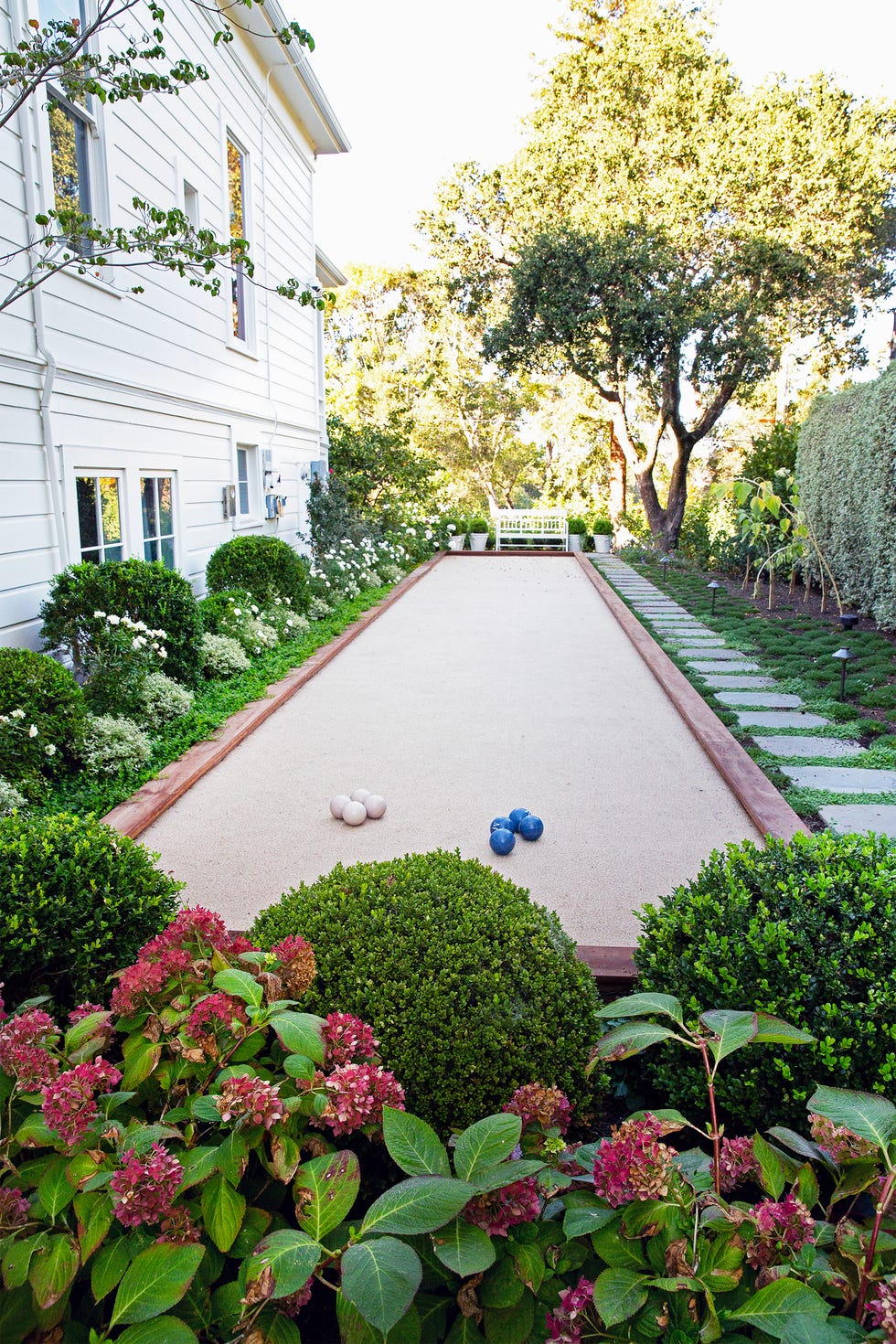Some Known Facts About Landscapers.
Table of ContentsFascination About LandscapersSome Ideas on Landscapers You Need To KnowWhat Does Landscapers Mean?The Facts About Landscapers RevealedLittle Known Facts About Landscapers.
- A tree or bush (shrub) that loses its leaves in winter. In the PNW there are semi-deciduous or semi-evergreen plants that may lose their leaves depending on how cold the winter months is. Abelia and some hebe are examples. Landscapers. - A flat gathering area, constructed from timber or composite product (made to appear like wood), usually surrounding or affixed to a framework.

This is an all-natural process, and the result can be used for courses and patio areas. - Trick landscape features being proposed in a landscape style strategy.
Landscapers Fundamentals Explained
These objectives assist the layout process, not the developer's style or preferences. Usual style objectives in Rose city are reduced maintenance, drought forgiving, and animal friendly.
Nonetheless, gradually this layer can get very thick and make it difficult for water, sunlight, and nutrients to obtain to parts of the turf.- The process of accumulating and managing the circulation of water on a residential property. This can be made with grading, French drains, completely dry wells, permeable surface areas, sump pump, rain yards, and much more.
Properties at the end of hills, with all-natural springs, or full of heavy clay have one of the most drainage issues.- A slow feeding watering system that utilizes versatile tubing and emitters to send out an accurate quantity of water to every plant. This is one of the most efficient approach of watering plants. - The ability of a plant to endure without much summertime water.
- A garden attribute where water is stood for by an aggregate stone item, usually a crushed rock or granite. These are most commonly located in modern and Japanese yard layout.- A stone or natural flagstone patio area, course, or pathway developed without a concrete base. The base would be compressed crushed rock and the joints would be an accumulation or walkable ground cover.
Our Landscapers Statements
- A rock preserving or cost-free standing wall surface built without using mortar. An extremely experienced mason is needed for a dry pile stone wall surface. A lot of walls in Rose city are not completely dry stacked, also if they seem. - An underground framework that gather water and permits it to slow down percolate into the dirt around it.
Landscape layout that works with a websites' environment in both look and sustainability without negative influences to the atmosphere. Bordering in the landscape is a line of demarcation that creates visual interest in the yard by separating one section from another sector. my response This can be aesthetic or useful, keeping one aspect (such as pea gravel) from getting combined into an additional (like bark dust).
Areas can additionally have a sensation of "unit" provided by trees, various other growings, fences, or displays. The landscape near the access to a building. A tree, shrub or vine, trained to expand on a wall surface or fencing right into a particular pattern. Particularly valuable for fruit trees, making it very easy to harvest the fruit and including mess.
A plant that is not native to the area where it will certainly be grown. Thicker bladed lawn lawn that spread via rhizomes.: The level of dirt on your residential or commercial property before bark dust or compost is spread out.
Some Known Facts About Landscapers.

The objective, factor, or action that an area is be landscaped for. Room for growing plants for checking out, eating, or physical task.
Reduced plants that are permitted or urged to spread out over an area. Can refer to any "difficult" garden aspects consisting of statuary or rocks yet the majority of commonly is used to refer to paths, site link patios, and walls.: Height difference between the level of water in a pond (or the level of the pump if it sits outside the pond) and the upper electrical outlet of water which affects efficiency of the water pump in gph (gallons per hour).

The 3-Minute Rule for Landscapers
Conventional PNW landscapes are informal. A plant that spreads out even more than desired, or into environments where it does damage.
Can include head placements and protection, pipeline sizing, GPM specifications, and products required to mount this system. Licensed professional that makes landscapes, educated in engineering and architecture as well as in gardening.
The specialist that intends and develops landscape projects, typically at a household or tiny commercial level with the significant design motivation on plantings. Landscape designers normally have much less education than Landscape Architects and are not licensed. A completed landscape design, detailing all aspects for the new landscape. This usually takes the type of a drawing on paper.
A water tight HDPE product made use of beneath ponds, streams and waterfalls in water features. Making use of numerous plantings of the very same range to load in a location in the landscape.